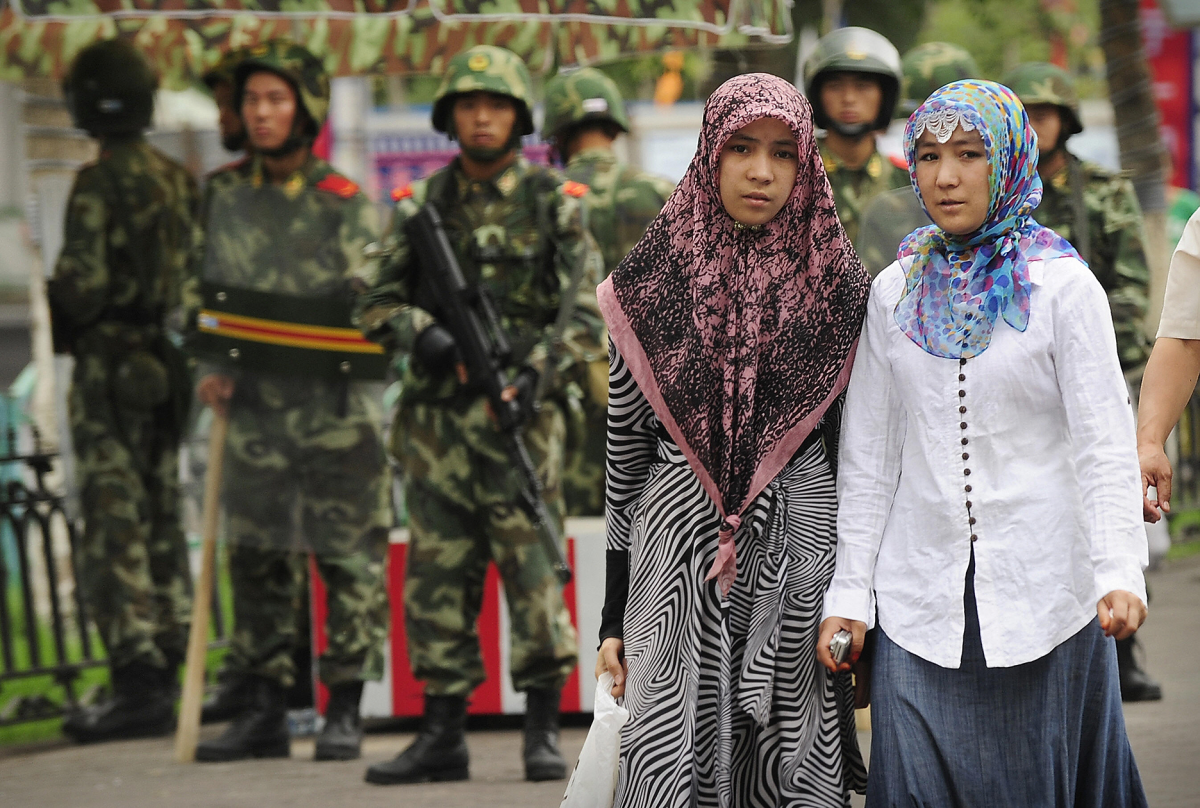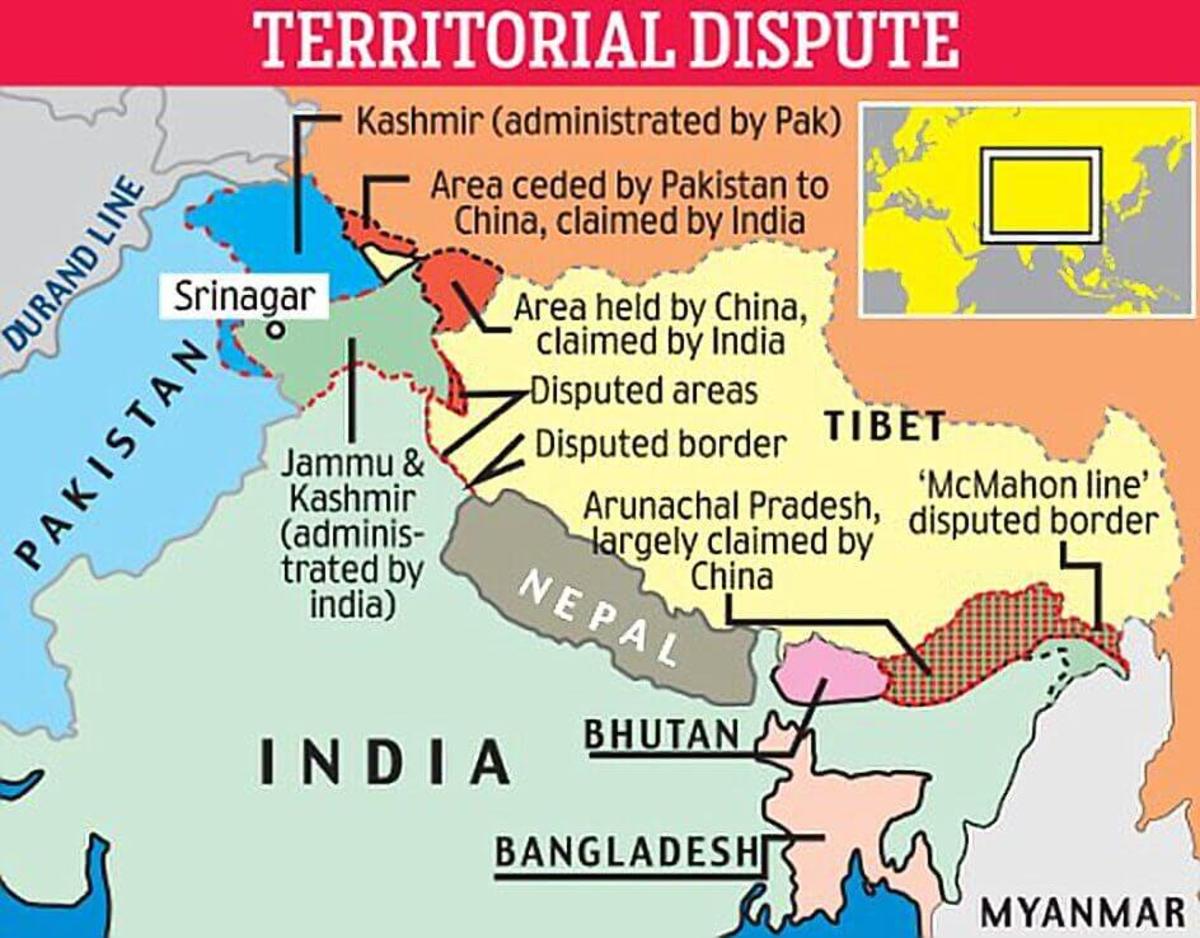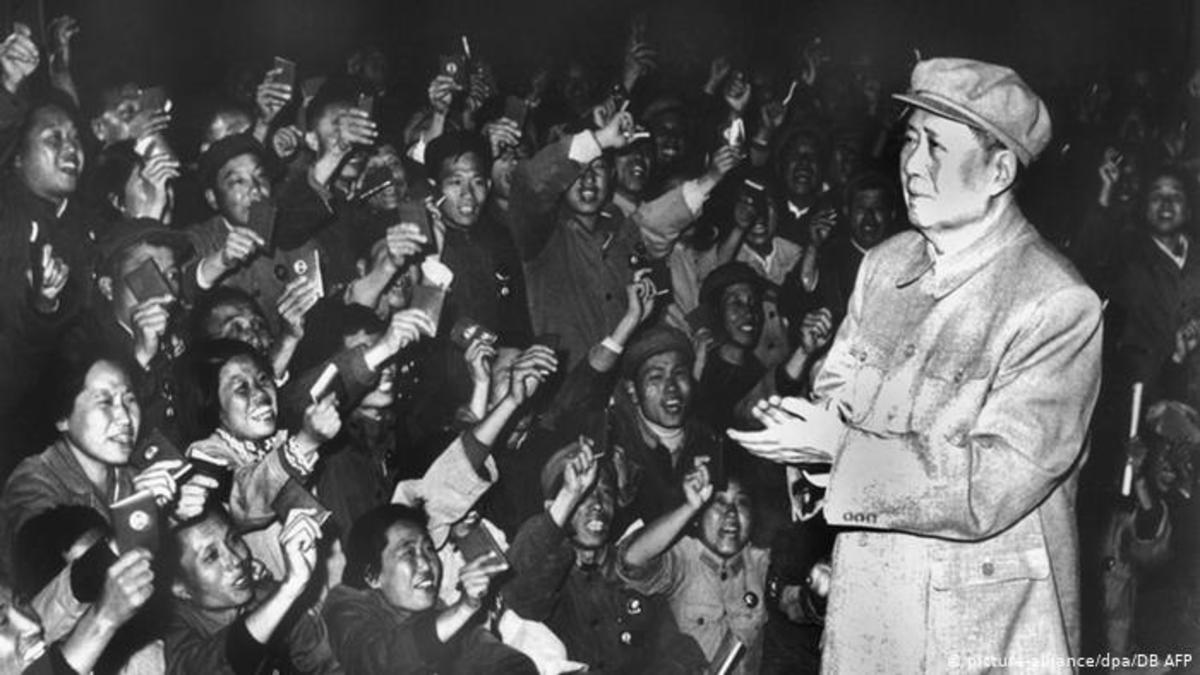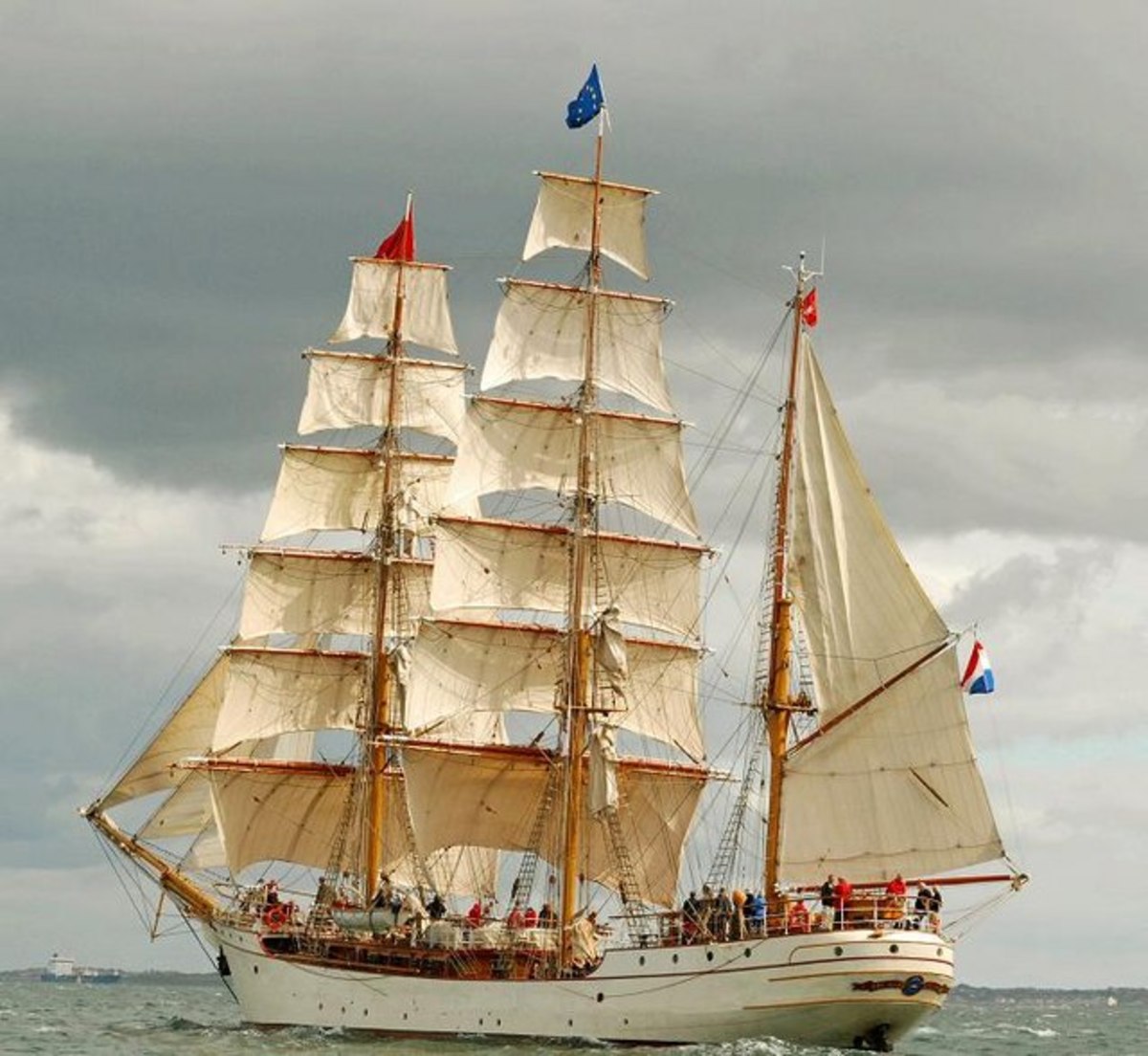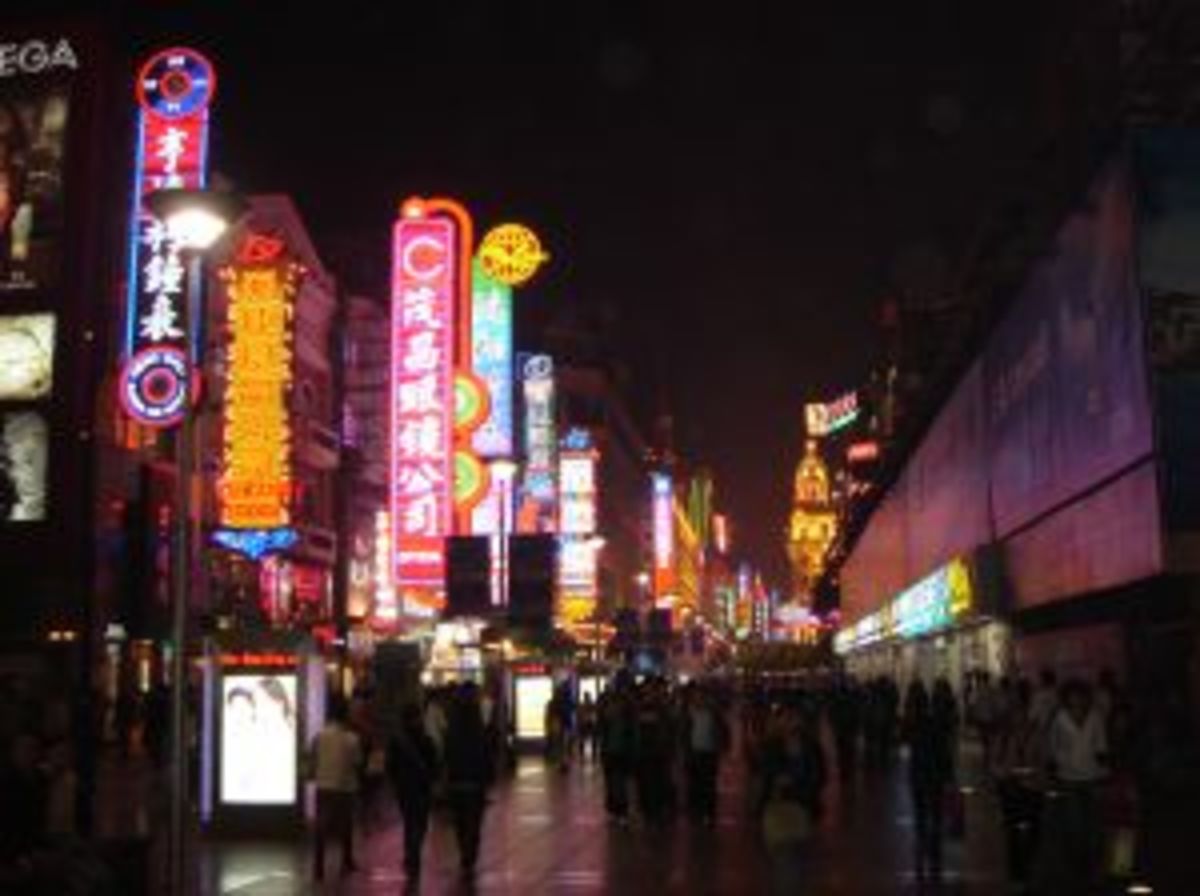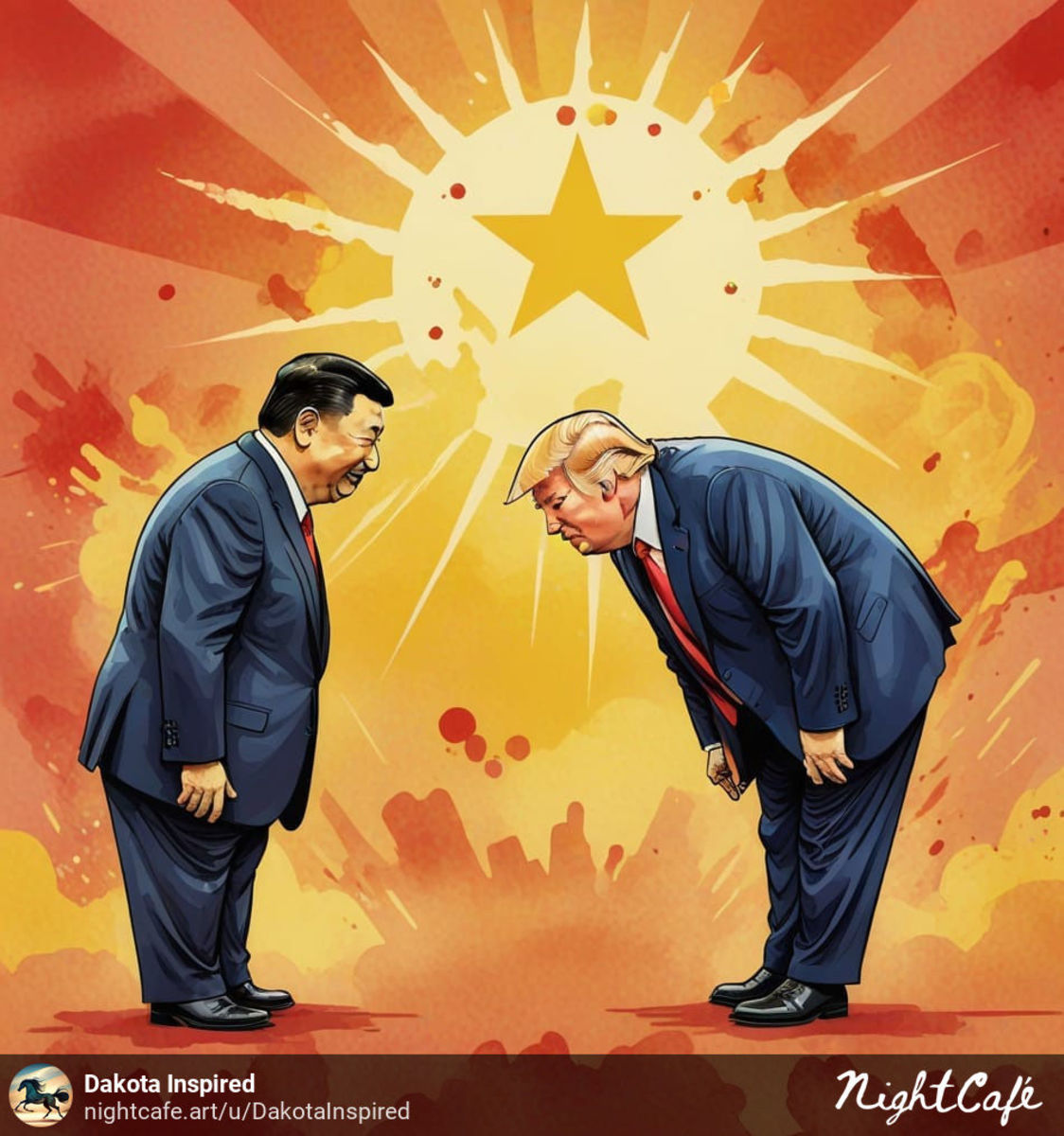China: The New Superpower
City Of The Future
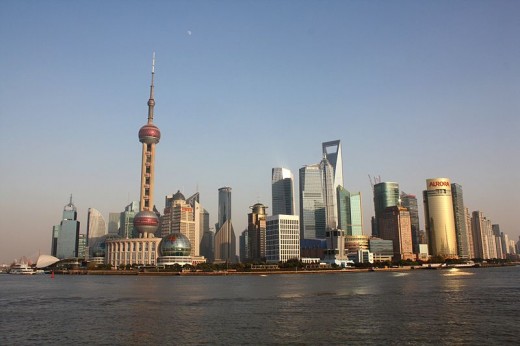
The Second Superpower
Mao's Successor
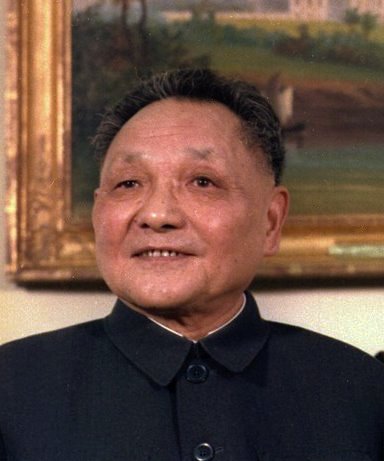
From Mao To Deng
Under China’s first communist leader Mao Zedong, a notion of a free market economy (in which the production is controlled by the laws of supply and demand rather than the state) was rejected as they felt it was against their socialist principles. With free enterprise banned, it was therefore impossible for peasants to own land. Even in the mid 1970’s, China’s economic output was roughly the same as Canada, a country with just 23 million people. To give some basis of comparison, when Mao assumed power in 1949, China’s population already stood at 540 million.
However, the 1970’s would see the beginning of an era of unprecedented change and growth. The first key event was the death of Mao; the next would involve his successor, a once prominent member of the Chinese communist party called Deng Xiaoping. Deng had joined the party in the 1920’s and had taken part in the Long March and the foundation of the Chinese People’s Republic. By 1957 he was secretary-general of the Party, but during the Cultural Revolution he was subjected to public humiliation and sent to work in a factory. He later triumphed in the power struggle that erupted after Mao’s death and assumed leadership of both the communist party and the country.
Within three years of Mao’s death, the Chinese communist government began to turn away from the economic policies based on collective ownership and centralised planning that had previously been believed essential to any communist system. Deng advocated economic growth as the supreme goal, to be achieved though at any cost.
The Three Gorges Dam
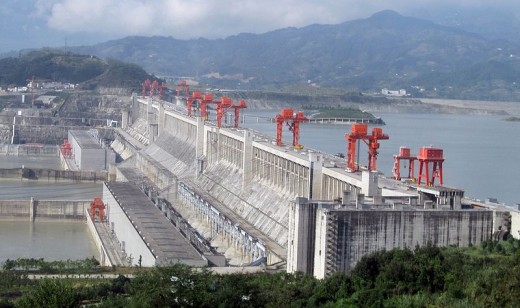
Deng's Philosophy
"Poverty is not socialism. To be rich is glorious."
Deng Xiaoping, 1979.
Special Economic Zones
A raft of measures in 1979 put the country on its new path. Four Special Economic Zones (SEZs) were established at the southern Chinese ports of Zhuhai, Shantou, and Xiamen, and foreign firms were invited to invest capital on favourable terms. Western capitalist businesses were given the opportunity to exploit cheap Chinese labour, while in return China gained foreign exchange with which to buy imported goods and was given access to new technology from the West. At the same time, in the countryside, where 80 per cent of the population lived, families were encouraged to cultivate their own land for profit. When challenged by those who objected to capitalist free market economies, Deng defended his new policies as a practical path to prosperity: ‘It does not matter whether a cat is black or white,’ he stated, ‘as long as it catches mice it is a good cat.’ Many non-Chinese observers believed that economic freedom would be linked to political freedom. But in 1989, when communist regimes were toppling in Europe, pro-democracy activists in China had their demands for reform brutally rejected. The 1989 massacre of demonstrators by the army in Beijing’s Tiananmen Square was an unequivocal statement of the Chinese Communist Party’s firm intention of keeping its authoritarian grip on society.
Despite this political stance, there was no turning back from the economic reforms. Although proceeding by stages and strictly supervised by the state, the transition to a free market economy gathered pace through the 1990’s. So thorough was the transformation that in 1997 China was able to absorb the British colony of Hong Kong, one of the centres of global capitalism, without noticeably affecting the territory’s business community. The success of the new policies in creating economic was huge- between 1979 and 2002 China’s real Gross Domestic Product grew at 9.3 per cent per year, the fastest growth rate of any major country.
By the beginning of the new millennium a considerable part of the Chinese population had become part of a modern consumer society. It was said that under Mao people had wanted the ‘Four Musts’- a bicycle, radio, watch, and sewing machine; but by the 1990’s they aspired to the ‘Eight Bigs’- a colour TV, fridge, stereo, camera, motorbike, suite of furniture, washing machine, and an electric fan. By 2005 China had overtaken the United States in sales of televisions and mobile phones.
The Giant Leap
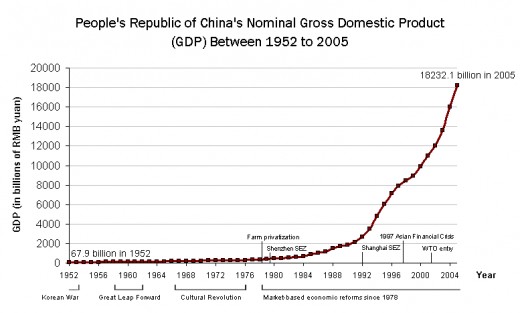
Rich And Poor
The transition to a free market caused massive social disruption. Corruption was rife and a wide gulf opened up between the winners and losers in the new economy. While successful Chinese businessmen drove around in Mercedes, millions of people in rural areas were subsisting on less than a dollar a day and pay for factory workers was pitifully low. Some 150 million Chinese peasants were displaced from the land, roaming the country in search of work. Many migrated to China’s cities; others abroad, making China one of the world’s major sources of illegal migrant workers. Urban unemployment also soared as the government struggled to reduce the vast workforce relying on state employment. By the first decade of the 21st century, jobs in the state sector were disappearing at a rate of around 10 million a year.
Tourism In China
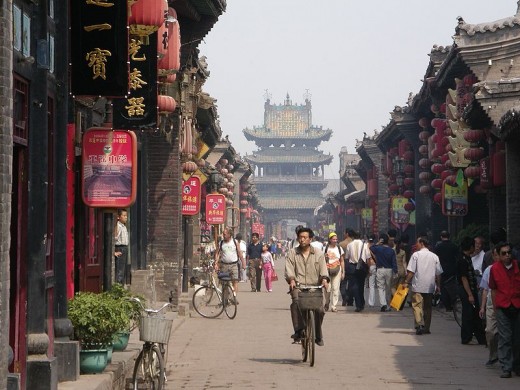
2008 Beijing Olympics
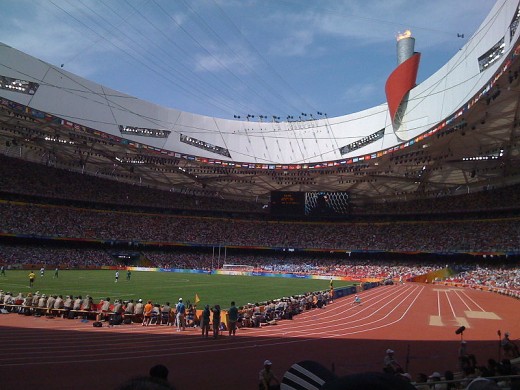
China In Space
Into The Future
Deng Xiaoping died in 1997, the last Chinese leader of the heroic generation of the Long March. His successor, Jiang Zemin, reaffirmed communist rule, asserting that the Party had always represented the interests of the Chinese people. Yet the regime was threatened by the desire of educated, well-off dissidents for Western style freedoms and by the mass discontent of workers suffering from poverty and insecurity.
The government’s trump card was its assertion of national pride. Prestige events such as the launch of China’s first piloted space flight in 2004 and the staging of the Olympic Games in 2008- and an increasingly assertive foreign policy, appealed to most Chinese, who looked forward to their country being recognised as a major world power in the century ahead.
Indeed if growth rates continue as they are, then China will become the world’s largest economy, overtaking the USA in about 2030. However, this rapid economic growth has been accompanied by severe environmental damage, including the extinction of the Yangtze River dolphin. Moreover, since 1980, the Chinese government has exercised a ‘one child’ policy. Despite this though, China’s population is expected to stabilise at around 1.5 billion by 2050. The Chinese also harbour ambitions to complete a manned moon landing by 2020 at the latest. Coincidentally, at around the same, the United States hope to send a manned mission to the red planet that is Mars.
China's Destiny
Will China Become the Most Powerful Economy in the Near Future?
© 2013 James Kenny


